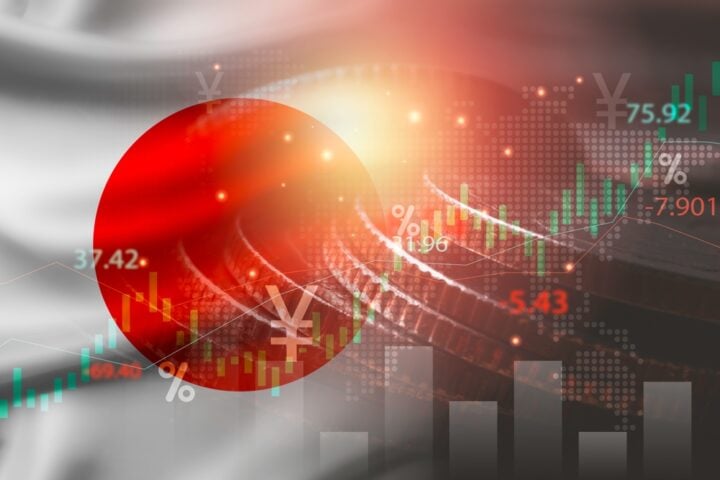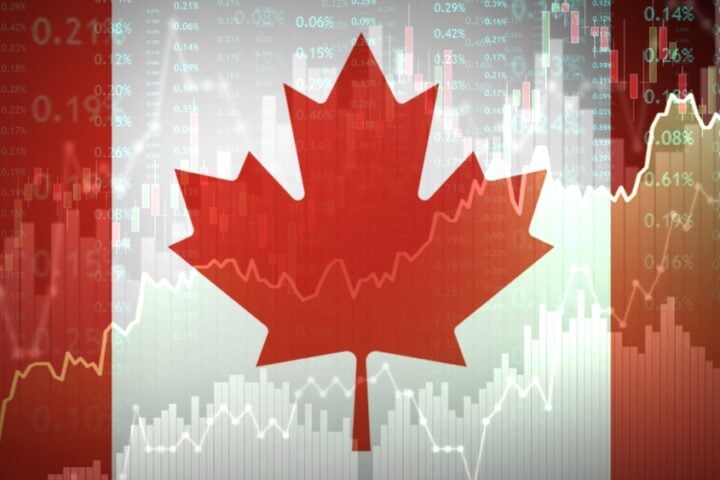Inflation ticked upward in October, according to the Commerce Department, offering a nuanced picture as the Federal Reserve evaluates its next moves on interest rate reductions.
The personal consumption expenditures (PCE) price index, the Fed’s preferred inflation measure, rose 0.2% month-on-month and 2.3% annually, aligning with the Dow Jones forecast. However, the annual rate was slightly higher than September’s 2.1%.
Core inflation, which excludes food and energy prices, showed stronger growth with a 0.3% monthly increase and a 2.8% annual rate, both meeting expectations. The annual core inflation rate rose 0.1 percentage point from September.
Key Drivers of Inflation
Service prices drove most of October’s inflation, increasing by 0.4%, while goods prices fell 0.1%. Food prices remained largely unchanged, and energy prices declined by 0.1%.
Housing-related costs contributed significantly to inflation, with housing prices up 0.4%. This persistent rise comes despite forecasts that cooling rents would temper overall housing inflation.
Impact on Federal Reserve Policy
The Fed targets a 2% annual inflation rate, but PCE inflation has exceeded this benchmark since March 2021, peaking at 7.2% in June 2022. This persistent overshoot triggered an aggressive rate-hiking cycle.
Markets responded to the October inflation data with mixed results. The Dow Jones Industrial Average rose about 100 points, while the S&P 500 and Nasdaq Composite posted losses. Treasury yields declined as traders speculated on further rate cuts.
The likelihood of a December rate cut increased, with CME Group’s FedWatch tool placing the odds of a quarter-point reduction at 66%.
Consumer Spending and Income Trends
Consumer spending rose 0.4% in October, consistent with expectations but slightly slower than September’s pace. Personal income outperformed estimates, climbing 0.6% versus the expected 0.3%.
The personal savings rate fell to 4.4%, its lowest since January 2023, reflecting continued financial strain on households.
Broader Implications
The cumulative effects of inflation have weighed heavily on consumers, especially those at the lower end of the wage spectrum. Despite the recent cooling of inflation rates, the prolonged period of elevated prices has eroded purchasing power and contributed to political discourse, particularly in the presidential race.
The Federal Reserve uses the PCE index for inflation forecasting and policy decisions. Unlike the consumer price index (CPI), the PCE adjusts for consumer behavior, such as substituting cheaper goods for pricier ones, offering a broader view of inflation trends.
Outlook for Interest Rates
Following back-to-back rate cuts totaling 75 basis points in September and November, the Fed signaled confidence in inflation nearing its 2% target. However, officials emphasized a cautious approach to future cuts, acknowledging uncertainty about the level of reductions needed.
With inflation metrics like housing and core services remaining sticky, the Fed’s December meeting will likely weigh heavily on these dynamics as it charts the path forward.







